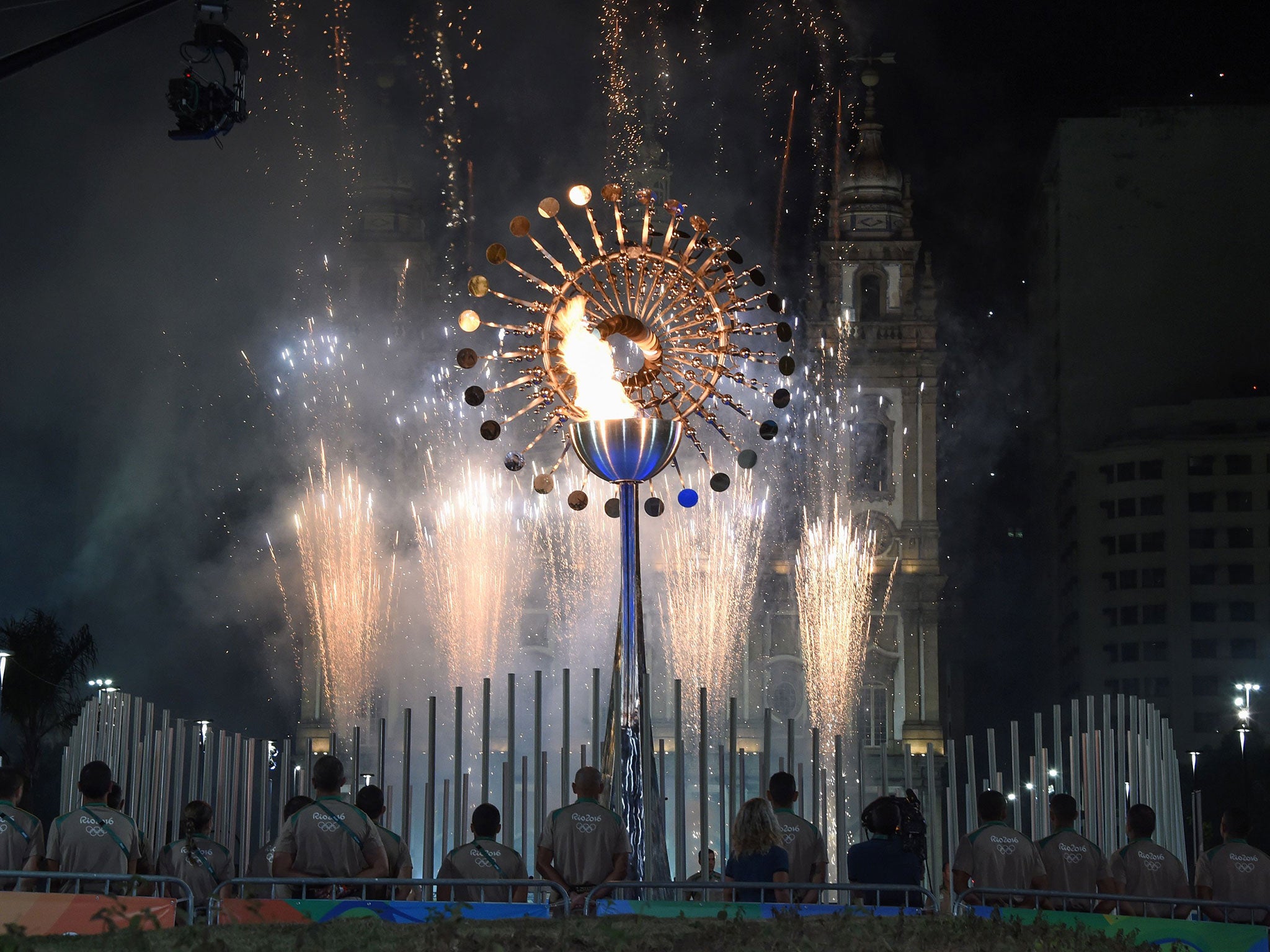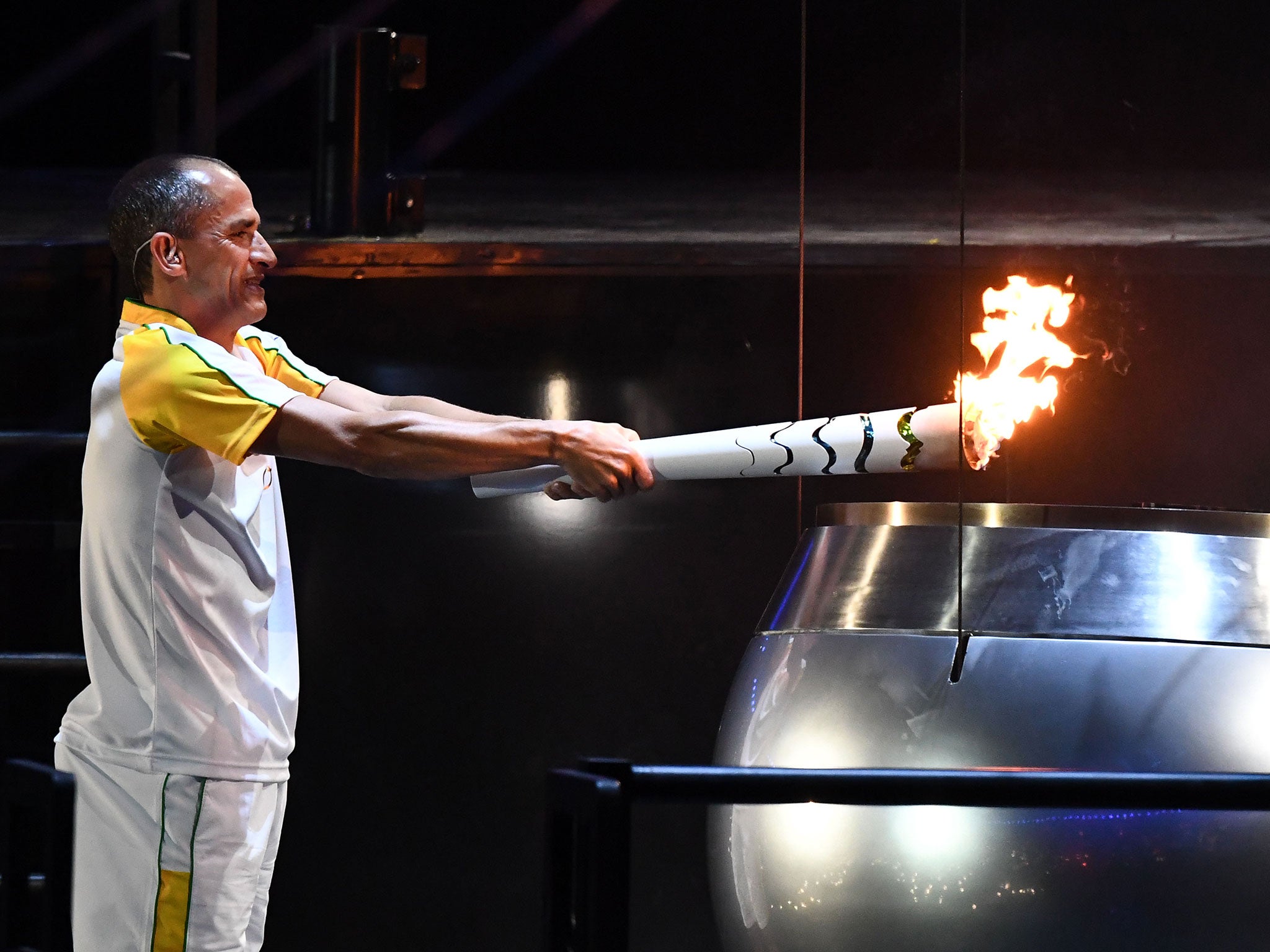Rio 2016: Music and dance galore in the Opening Ceremony. Now let's start the party proper
Music, the life blood of the Brazilian poor, was the means of representing increasing tensions across the world

Your support helps us to tell the story
From reproductive rights to climate change to Big Tech, The Independent is on the ground when the story is developing. Whether it's investigating the financials of Elon Musk's pro-Trump PAC or producing our latest documentary, 'The A Word', which shines a light on the American women fighting for reproductive rights, we know how important it is to parse out the facts from the messaging.
At such a critical moment in US history, we need reporters on the ground. Your donation allows us to keep sending journalists to speak to both sides of the story.
The Independent is trusted by Americans across the entire political spectrum. And unlike many other quality news outlets, we choose not to lock Americans out of our reporting and analysis with paywalls. We believe quality journalism should be available to everyone, paid for by those who can afford it.
Your support makes all the difference.Following Britain and China on to the geo-political dancefloor was the hospital ball of opening ceremonies.
Drained of cash and political will this was hello Brazil on a budget, a glorified lights show given some Olympic oomph only by the appearance of Gisele Bundchen walking the length of the Maracana as the 'Girl from Ipanema'.
The organisers built the ceremony around a vaguely ecological narrative to tell the story of Brazil, depicting the origins of life, the growth of the rainforest and the populating of this part of South America by a succession of alien peoples from Europe, Africa and Asia.
The opening sequence featured a cast of 1,000 harlequinned dancers wafting 250 huge sheets of metallic paper, which inflated to become cushions the size of cars. Once full of hot air, the cast formed a circle with their oblong balloons, into the centre of which was projected a giant peace symbol.
This quickly transformed into a tree representing a new kind of peace across the planet. Ho hum. In a more intimate setting Paulinho da Viola's playing of the Brazilian national anthem on an acoustic guitar might have been a worthy centrepiece. Here it looked a perfunctory adjunct.
The development of the city and urban culture was told through parkour groups jumping across buildings projected across the pitch.
Four years ago under the aegis of Danny Boyle these structures would have had three dimensions. Eight years ago there would have been 3,000 hard core spidermen bouncing off the Birdcage roof.

Music and dance, the life blood of the Brazilian poor, were the means of representing increasing tensions across the world. Peace came in the shape of Regina Case inviting us to celebrate difference and ushering 1,500 dancers on to the stage to perform the Baile Charme, the traditional shimmy of the black community in Rio's northern burbs.
There was before the athletes began their parade a closing cameo from Judi Dench, whose voice brought to life Brazilian poet Carlos Drummond de Andrade's work, 'A Flor e a Nausea'. This was meant to strike a note of optimism in the fight against environmental disaster. In truth it was one of the great dame’s more rum commissions.
The roll call of competitors is always something to endure, especially for poor Greece, the originators of this global carnival who as tradition demands enter the arena first. That's two hours on their feet taking selfie’s while the world files past.
All told there were over 11,000 athletes, from 207 teams - including an international Refugee team, that received a huge cheer from the crowd. Andy Murray lead out Team GB, carrying the British flag in one hand - his left, just to be on the safe side.
Following Pele's withdrawal, the cauldron was lit by Brazilian runner Vanderlei De Lima.

It was another particularly poignant moment, as de Lima was robbed of a possible gold medal 12 years ago, when running in the marathon in the 2004 Athens Games.
De Lima was leading the race when a protester rugby-tackled him to the ground. De Lima continued, but lost his rhythm and finished finishing third, but was applauded for the sportsmanship with which he handled the incident.
This year's cauldron is smaller than usually, as fits the ecological theme of the Games. The flame is housed in a giant sculpture, with spirals to represent the sun.
The last out were the hosts themselves, a joyous, swaying mass of Brazilian youth bouncing about to the bossa nova.
And did the locals love that. Light that flame. Let’s start this party.
Additional reporting by Independent staff
Join our commenting forum
Join thought-provoking conversations, follow other Independent readers and see their replies
Comments